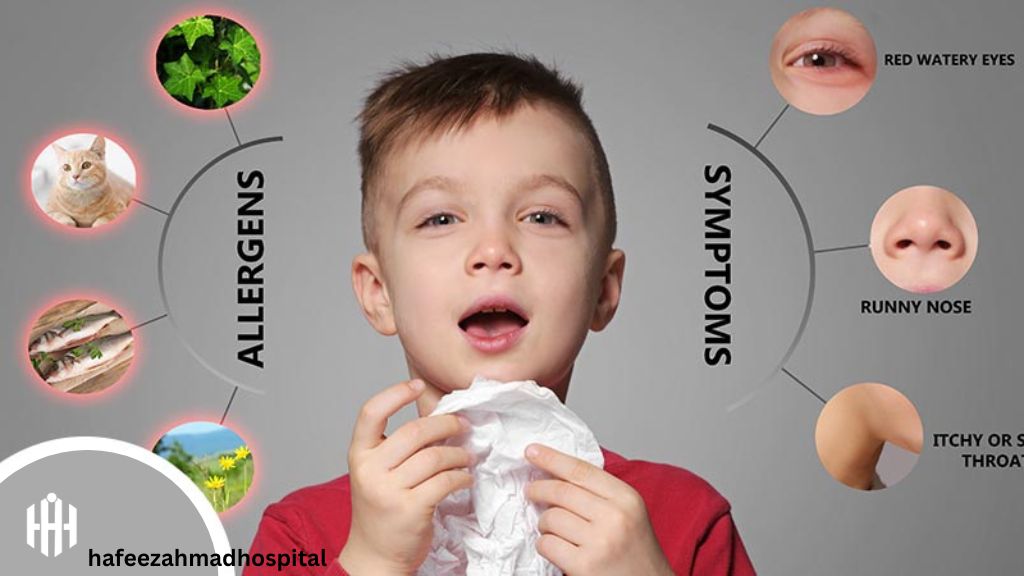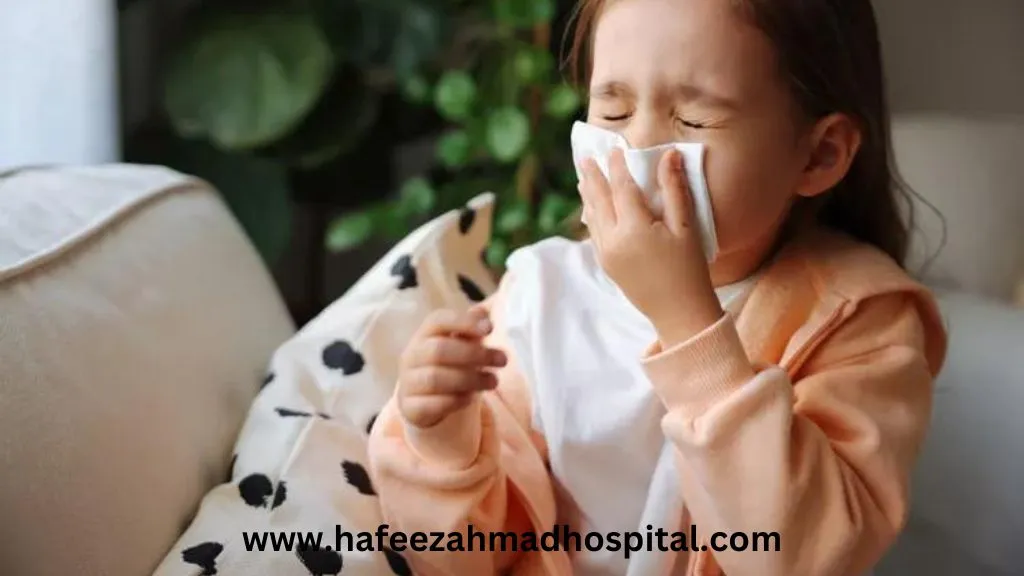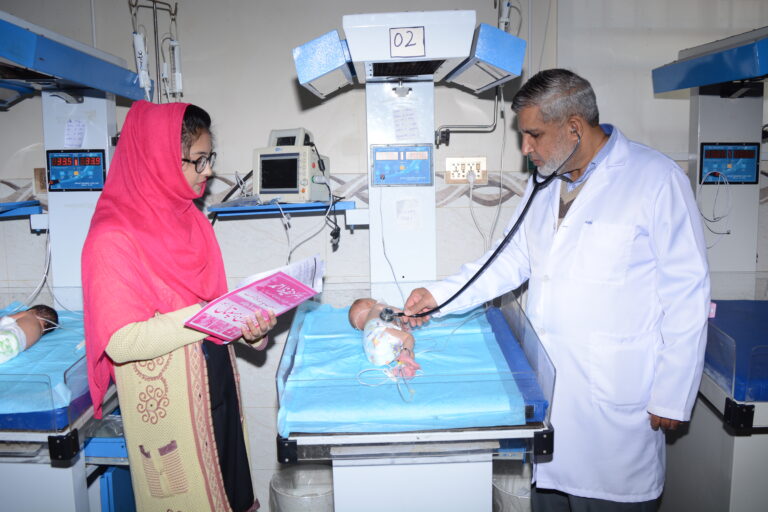Understanding Common Childhood Allergies and How to Manage Them
Allergies are a prevalent concern for many families, affecting children of all ages. From food allergies to environmental triggers, understanding these common allergies and how to manage them is crucial for ensuring your child’s well-being. This guide explores the types of allergies children commonly face, their symptoms, and effective management strategies.
Types of Common Childhood Allergies
- Food Allergies: Food allergies are among the most frequent allergies in children. Common culprits include peanuts, tree nuts, milk, eggs, soy, wheat, fish, and shellfish. These allergies can cause a range of symptoms from mild to severe.
- Environmental Allergies: Environmental allergens include pollen, dust mites, mold, and pet dander. These triggers can lead to seasonal or year-round symptoms, depending on the source of the allergen.
- Insect Stings Allergies: to insect stings from bees, wasps, hornets, and ants can cause severe reactions. These reactions range from localized swelling to systemic responses like anaphylaxis.
- Drug Allergies: Some children may develop allergies to specific medications, including antibiotics and over-the-counter drugs. Symptoms can vary widely and may include skin reactions, gastrointestinal issues, or more severe responses.
Recognizing Allergy Symptoms
Understanding the symptoms of allergies is vital for prompt management. Here’s a breakdown of common symptoms associated with different types of allergies:

- Food Allergies:
- Mild Symptoms : Hives, itching, or a stuffy nose.
- Severe Symptoms: Difficulty breathing, swelling of the face or throat, and anaphylaxis—a life-threatening reaction that requires immediate medical attention.
- Environmental Allergies:
- Common Symptoms: Sneezing, itchy or watery eyes, runny or stuffy nose, and cough.
- Seasonal Symptoms: These often occur during specific times of the year when pollen levels are high, such as spring and fall.
- Insect Stings:
- Localized Symptoms: Redness, swelling, and pain at the sting site.
- Severe Symptoms: Hives, swelling beyond the sting site, difficulty breathing, and dizziness.
- Drug Allergies:
- Skin Reactions: Rash, itching, and hives.
- Other Symptoms: Swelling, gastrointestinal distress, or anaphylaxis.
Effective Management Strategies
Managing allergies effectively involves a combination of avoiding triggers, using medication, and being prepared for emergencies.
- Avoidance
- Food Allergies: Identify and avoid the specific allergen. Carefully read food labels and communicate with restaurant staff about food preparations.
- Environmental Allergies: Keep windows closed during high pollen seasons, use air purifiers, and regularly clean your home to reduce dust and mold.
- Insect Stings: Avoid areas with high insect activity, and wear protective clothing. Teach children to avoid swatting at insects.
- Drug Allergies: Inform healthcare providers of any known drug allergies and avoid those medications.
- Medication
- Antihistamines: Over-the-counter antihistamines can help manage symptoms like itching and sneezing.
- Nasal Sprays: Corticosteroid nasal sprays can reduce inflammation and control nasal allergy symptoms.
- Epinephrine: For severe allergies, especially food allergies and insect stings, carrying an epinephrine auto-injector (EpiPen) is essential. Ensure your child, family members, and caregivers know how to use it.
- Emergency Preparedness
- Anaphylaxis Plan: Develop an action plan with your child’s healthcare provider. This plan should include recognizing symptoms of anaphylaxis and steps to take, including the use of an epinephrine auto-injector and seeking emergency medical help.
- Educate Others: Ensure that teachers, caregivers, and family members are aware of your child’s allergies and know how to respond in an emergency.
- Allergy Testing
- Consult an Allergist: If you suspect your child has allergies, consult an allergist for proper testing and diagnosis. This can help identify specific triggers and tailor a management plan.
- Education and Advocacy
- Teach Your Child: Educate your child about their allergies and how to avoid triggers. Encourage them to speak up about their needs, especially in social settings or at school.
- Advocate for Your Child: Work with schools and daycare centers to ensure they have protocols in place for managing allergies.
Conclusion:
Managing childhood allergies requires a proactive approach that includes understanding the types of allergies, recognizing symptoms, and implementing effective strategies for avoidance and treatment. With careful planning and education, you can help your child navigate their allergies safely and confidently, ensuring a healthier and more comfortable life. If you have concerns or notice symptoms that don’t align with typical allergy responses, consult with a healthcare provider for personalized guidance and support.
For additional tips on promoting your child’s overall health, including healthy eating habits, visit Hafeez Ahmad Hospital’s guide to healthy eating habits for children.







